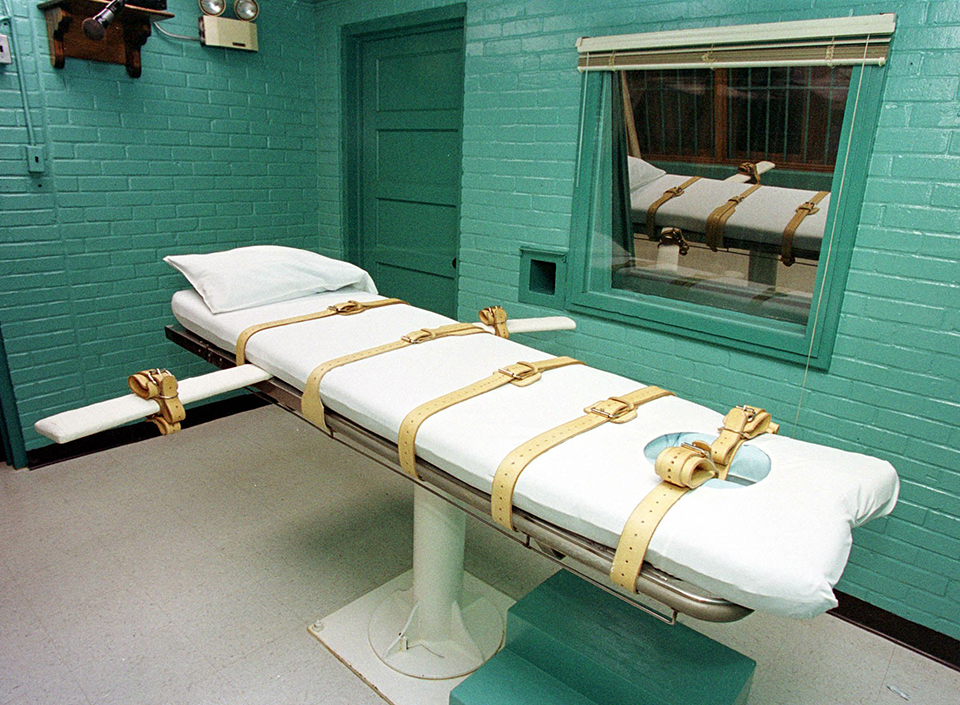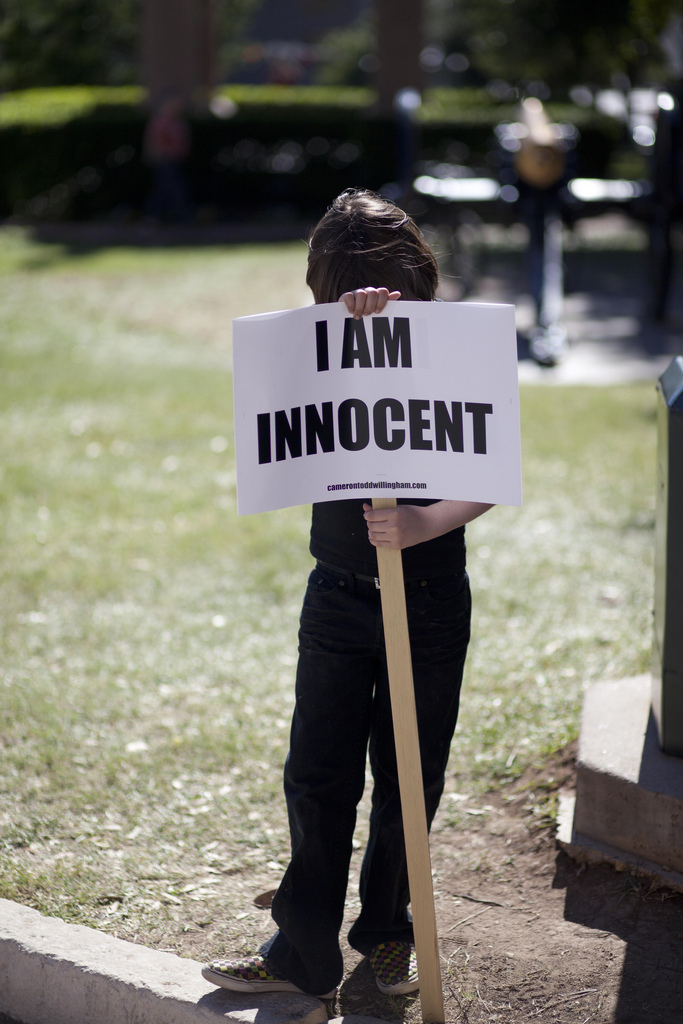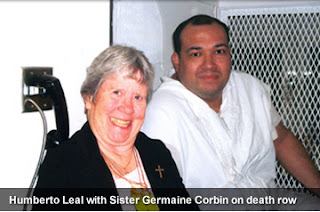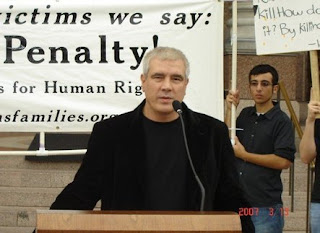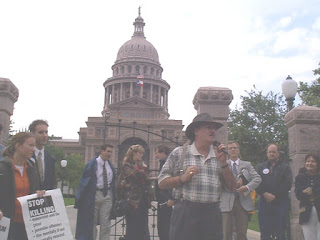Urge Rick Perry to Stay Execution of Humberto Leal in Order to Protect Americans Traveling Abroad
|
Please contact Governor Rick Perry to urge him to grant a stay of execution to Humberto Leal, who is scheduled for execution Thursday, July 7.
Call Governor Perry at 512 463 2000. They will answer the phone during office hours. If you call after office hours, you can leave a message. Executing a person who was not allowed to contact his consulate for legal assistance puts all Americans traveling in other countries in danger. Think about the three American hikers arrested in Iran. They would have suffered even more and had more legal difficulties if they had been denied their rights to contact the American consulate.
On July 7, Texas is poised to execute Humberto Leal Garcia,
a Mexican national who was tried, convicted, and sentenced to death without ever being informed that he had the right to seek assistance from the Mexican consulate – assistance that in his case would have made the difference between life and death.
American students, tourists, members of our military, businesspeople and aid workers who travel abroad depend on the vital lifeline of consular access. Those who have been wrongly detained overseas often say that the assistance of the consulate is more important than the advice of a foreign lawyer. As in the case of Mr. Leal, their rights to consular access are protected by the Vienna Convention on Consular Relations – one of the most widely ratified treaties in the world.
In 2004, the International Court of Justice (ICJ) held that Mr. Leal was entitled to a hearing on the consular rights violation in his case. President Bush, the U.S. Supreme Court, and the Obama Administration have all acknowledged that the United States is obligated to comply with ICJ’s decision.
Congress has now introduced legislation that would require implementation of the ICJ’s decision. The bill before Congress has the support of the Department of Justice, the Department of Defense, the Department of Homeland Security, and the Department of State.
On July 1, in a rare move, Solicitor General Donald Verrilli filed a brief in the U.S. Supreme Court in support of a stay of execution for Mr. Leal until the end of the Congressional term “in order to allow the United States additional time to meet its international-law obligations.” The Solicitor General states that “failure to comply with [the Vienna Convention] will weaken the force of the United States’ insistence that other countries respect those rules; an internationally high-profile execution while remedial legislation is pending would greatly exacerbate that problem.”
If a court does not intervene or Texas Governor Rick Perry does not grant a stay to Mr. Leal, other nations will be emboldened to violate the consular rights of U.S. citizens arrested in foreign countries, and American citizens traveling abroad will be placed at risk. The case of the three hikers arrested on the Iranian border and charged with espionage is a reminder of the dangers that U.S. citizens face traveling abroad.
Because of these safety concerns, former diplomats, retired military officials, and organizations representing Americans abroad are coming forward to urge Governor Perry to grant a stay and the U.S. Congress to pass legislation which would entitle Mr. Leal to a hearing on the consular rights violation.
If the Mexican consulate had been informed of Mr. Leal’s arrest, it would have retained highly qualified and experienced legal counsel. In the absence of consular assistance, he was represented by a court-appointed lawyer who has been suspended or reprimanded on multiple occasions for ethical violations. Mr. Leal’s trial lawyers failed to challenge the junk science that the prosecution relied on to obtain a conviction, and they failed to tell the jury about critical facts that could have spared his life—including evidence that he was raped by his parish priest in San Antonio. Mr. Leal is now seeking modern DNA testing to show that he is innocent of the crime. With consular assistance, Mr. Leal would never have been convicted, let alone sentenced to death.
|




